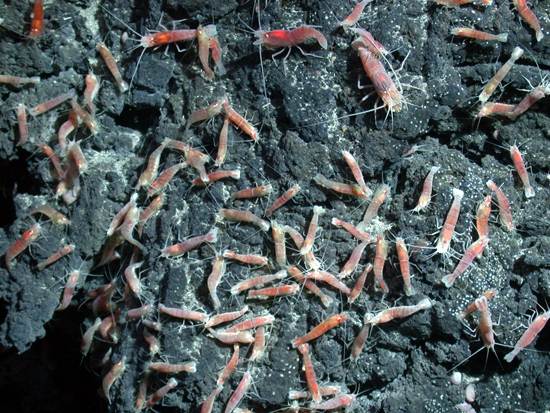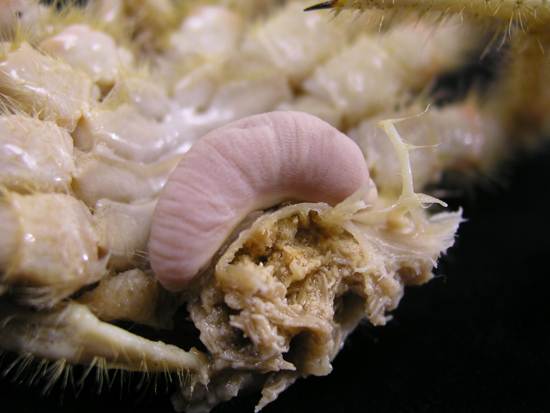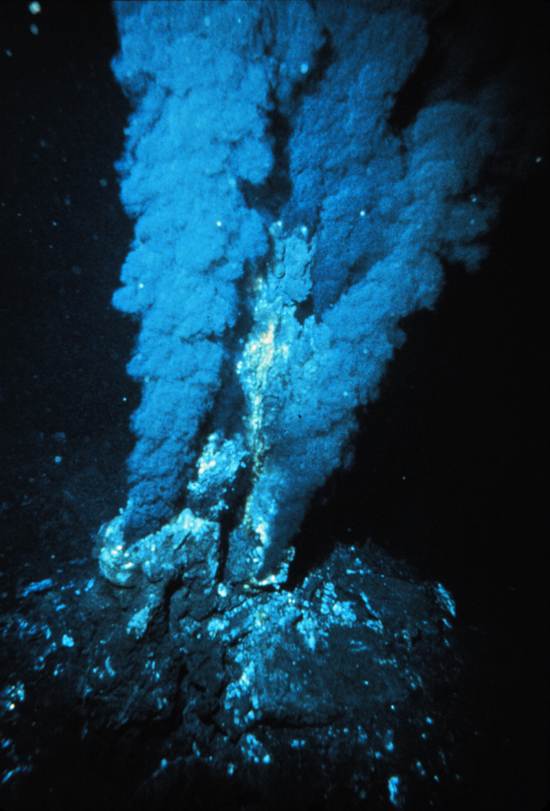- HOME
- CRAFTS & DIY PROJECTS
- Holiday
- Home & Style
- Travel
- Luxury Travel
- Destination
- Africa
- Asia
- Carribian
- Europe
- Middle East
- North America
- South-America
- Oceania
- religion
- Museums
- Heritage
- Park
- Wildlife
- Wonders
- 7 natural wonders of the world
- 7 natural wonders of the world
- Forgotten Wonders
- Medieval Wonders
- New Seven Wonders Of The World
- Seven Underwater Wonders of the World
- Seven Wonders of the Ancient World
- Seven Wonders of the Industrial World
- The Seven Forgotten Modern Wonders of the World
- The Seven Forgotten Natural Wonders of the World
- The Seven Forgotten Wonders of the Medeival Mind
- Wonders of the Modern World
- Other
© 2021 - FamilyHoliday All Rights Reserved


























